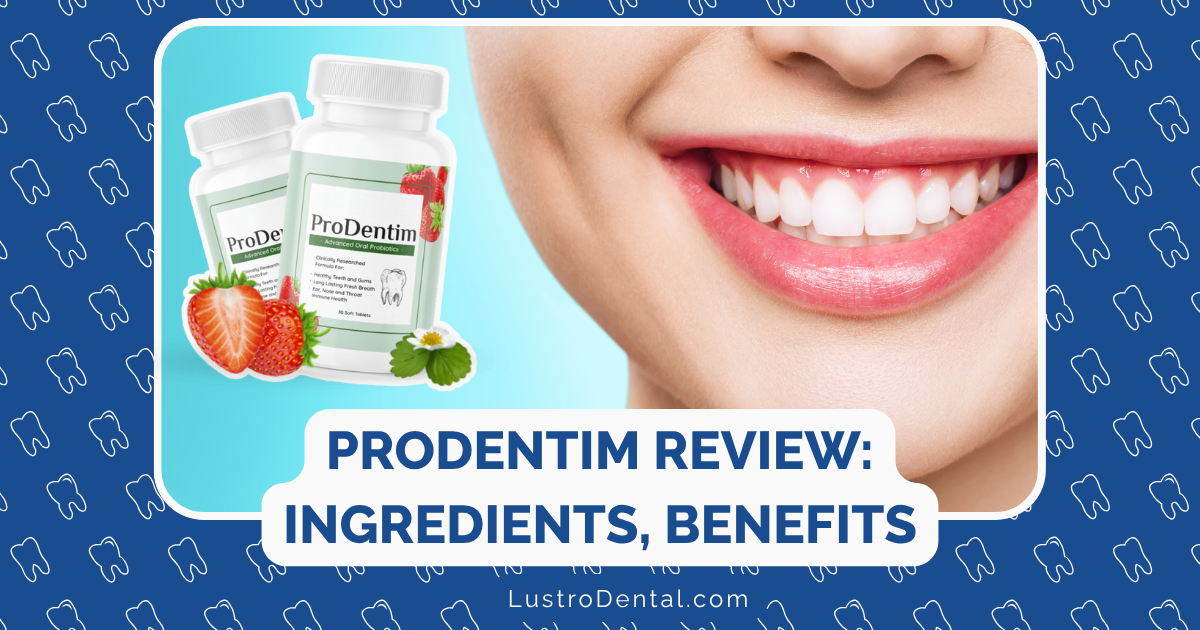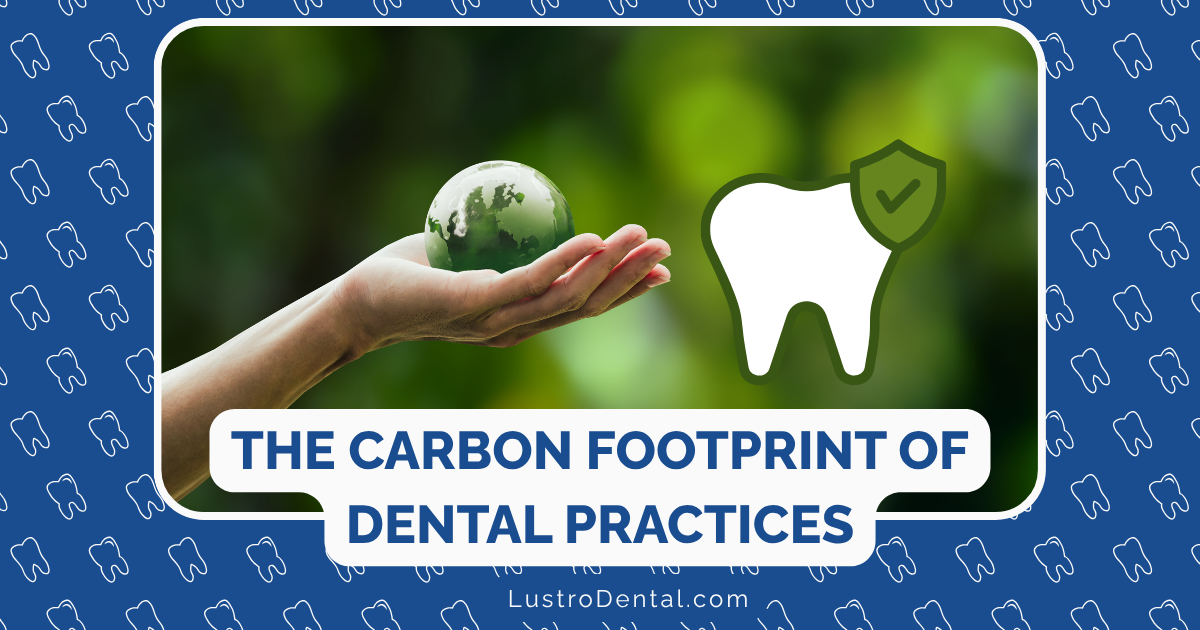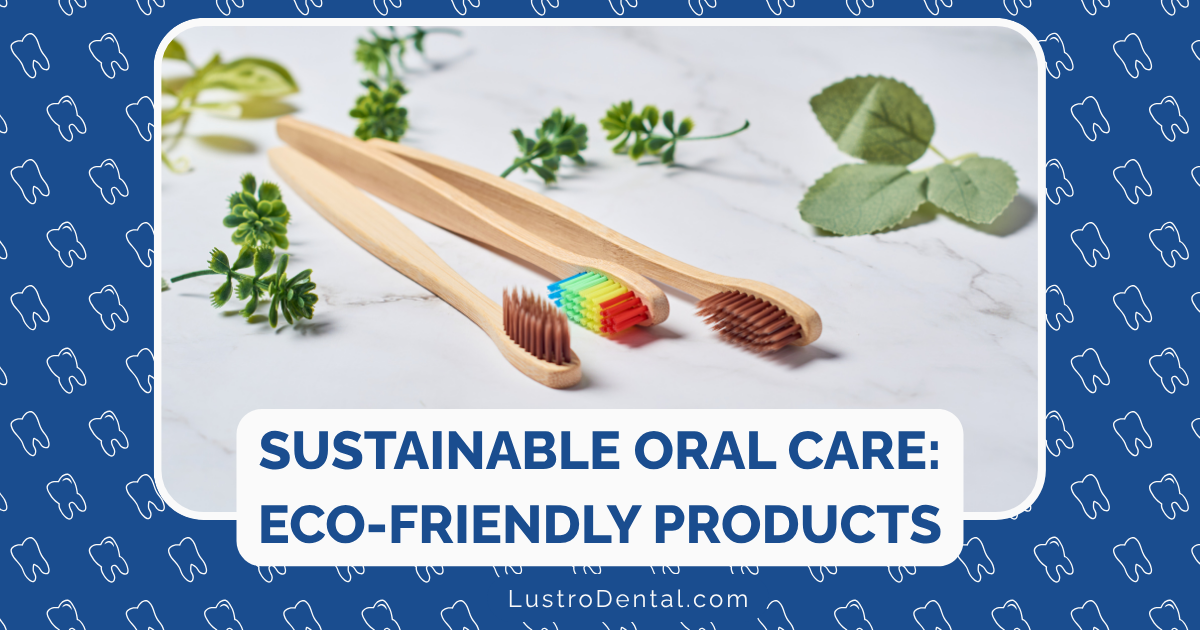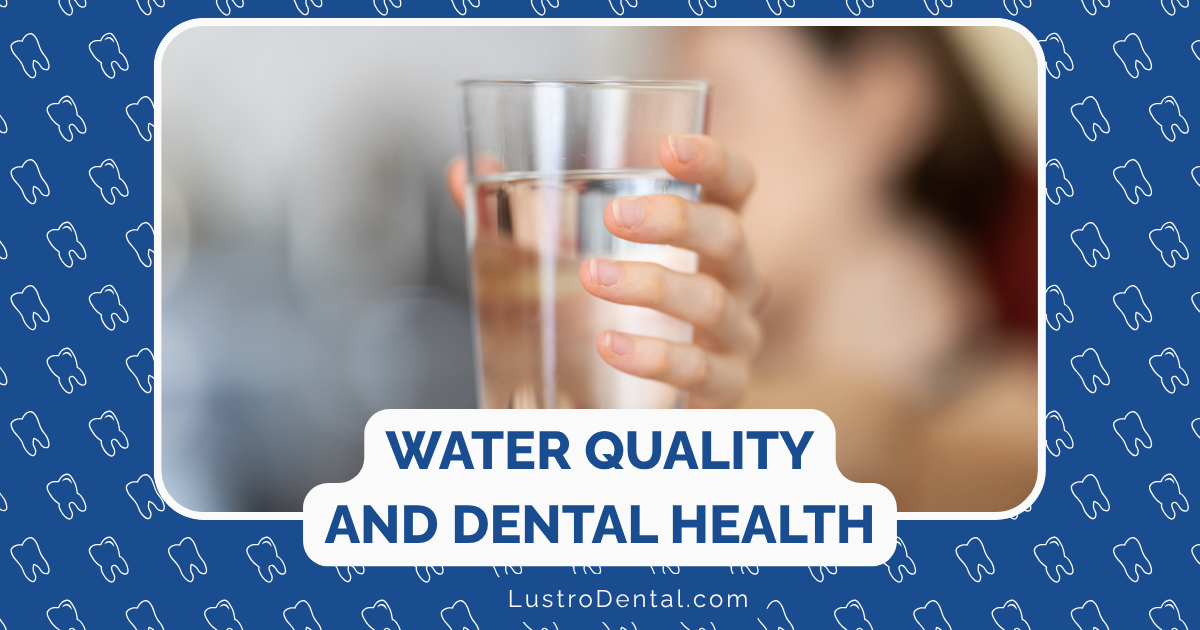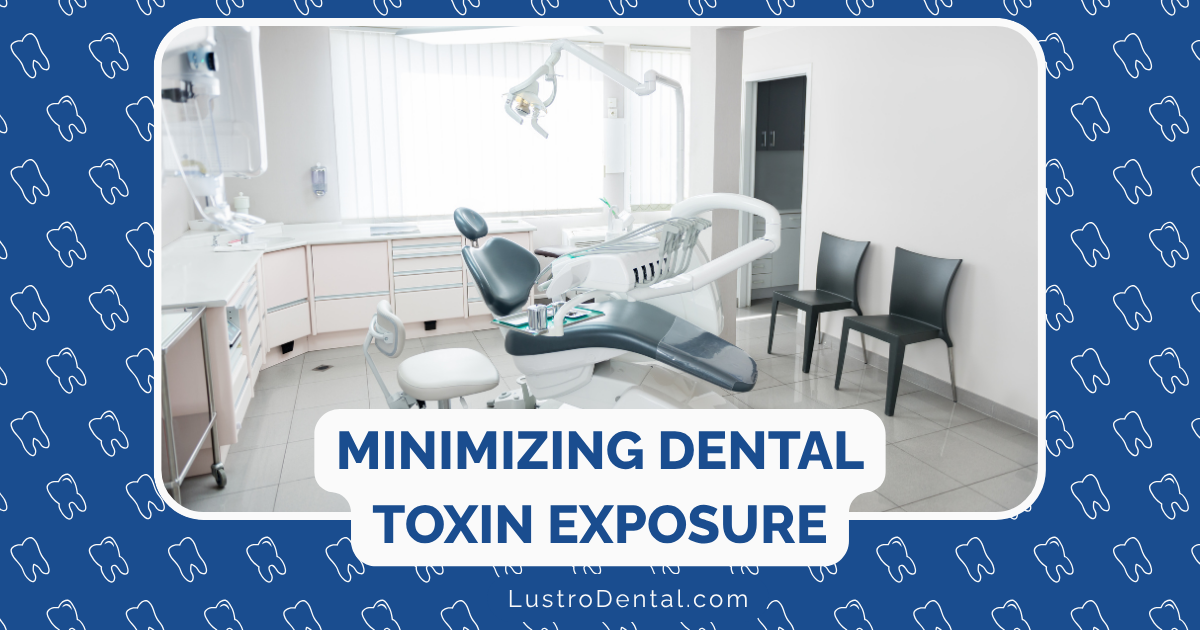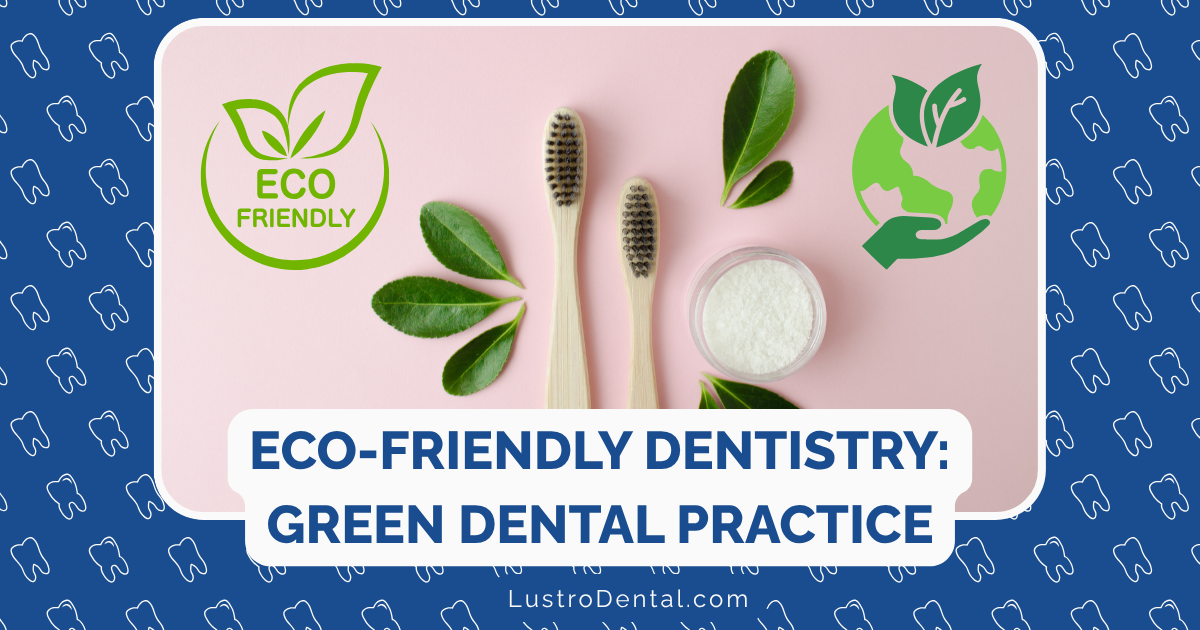Anti-Inflammatory Diet for Gum Disease: Practical Meal Plans and Delicious Recipes
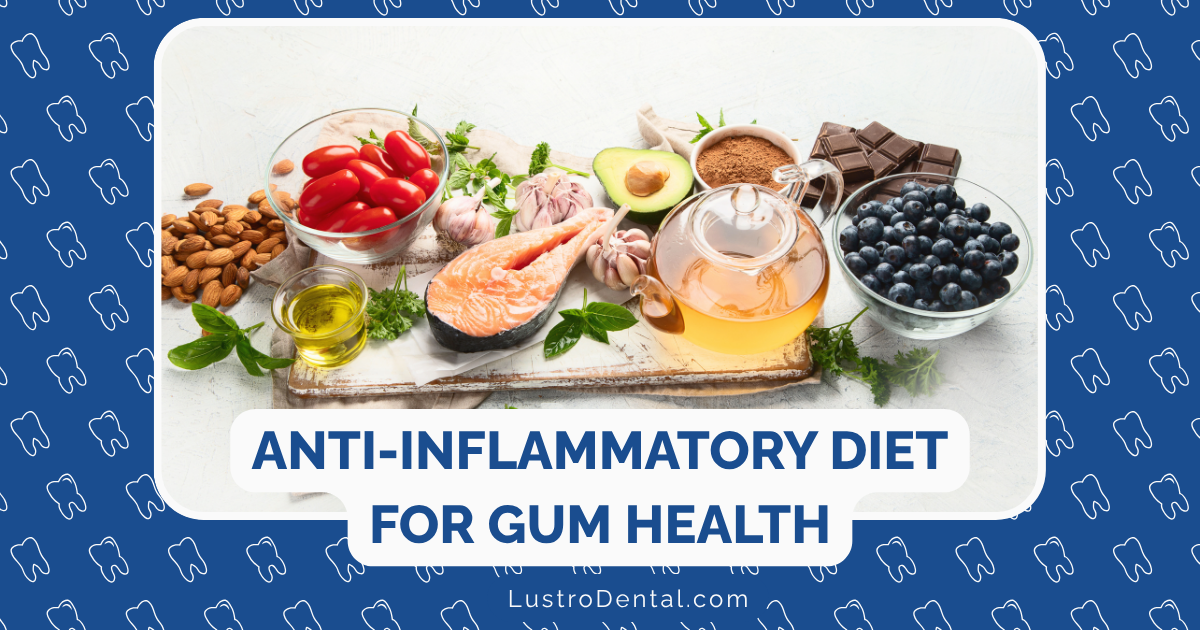
When it comes to fighting gum disease, your toothbrush and dental floss aren’t your only allies. The foods you eat play a crucial role in either promoting or reducing inflammation throughout your body—including your gums. As a dental health advocate, I’ve seen remarkable improvements in patients who complement their oral hygiene routines with anti-inflammatory eating habits.
In this comprehensive guide, I’ll share how specific foods can help combat periodontal disease, provide a practical 7-day meal plan, and offer delicious recipes that support gum health. The best part? These foods don’t just benefit your mouth—they promote overall wellness too.
Understanding the Connection: Inflammation and Periodontal Disease
Before diving into meal plans and recipes, let’s understand why an anti-inflammatory approach works for gum health.
Periodontal disease begins with bacterial growth in your mouth, but it’s your body’s inflammatory response to these bacteria that causes the real damage. When inflammation persists, it breaks down the tissues and bone that support your teeth, potentially leading to tooth loss.
Research published in the Journal of Clinical Periodontology confirms that dietary patterns significantly impact gum inflammation. By choosing anti-inflammatory foods, you can help:
- Reduce existing gum inflammation
- Support tissue healing
- Strengthen your immune response to oral bacteria
- Improve your body’s ability to repair damaged periodontal tissues
Key Nutrients for Fighting Gum Disease
These specific nutrients have been shown to benefit periodontal health:
Omega-3 Fatty Acids
These powerful anti-inflammatory compounds help reduce gum inflammation. A study in the Journal of Dental Research found that people with higher omega-3 intake had a 30% lower prevalence of periodontal disease.
Sources: Fatty fish (salmon, mackerel, sardines), flaxseeds, chia seeds, walnuts
Antioxidants (Vitamins C, E, and A)
Antioxidants combat oxidative stress, which contributes to tissue damage in periodontal disease. Vitamin C, in particular, is essential for collagen production, which helps maintain the integrity of your gums.
Sources: Colorful fruits and vegetables, especially berries, citrus, bell peppers, carrots, and leafy greens
Vitamin D and Calcium
These nutrients support bone health, including the alveolar bone that holds your teeth in place. Research in the American Journal of Clinical Nutrition suggests that higher vitamin D levels are associated with better periodontal health.
Sources: Fatty fish, fortified dairy or plant milks, eggs, leafy greens
Probiotics
Beneficial bacteria can help restore a healthy balance in your oral microbiome, potentially crowding out harmful bacteria that contribute to gum disease.
Sources: Yogurt, kefir, sauerkraut, kimchi, kombucha
Polyphenols
These plant compounds have antimicrobial and anti-inflammatory properties that can help protect against gum disease.
Sources: Green tea, berries, dark chocolate, red wine (in moderation)
Foods to Embrace for Gum Health
Based on the nutrients above, here are the top foods to include in your anti-inflammatory diet for gum health:
- Fatty fish (salmon, mackerel, sardines)
- Nuts and seeds (especially walnuts, chia seeds, flaxseeds)
- Leafy greens (spinach, kale, collards)
- Colorful fruits and vegetables (berries, bell peppers, sweet potatoes)
- Fermented foods (yogurt, kefir, sauerkraut)
- Green tea
- Extra virgin olive oil
- Herbs and spices (especially turmeric, ginger, cinnamon)
- Bone broth
- Shiitake mushrooms
Foods to Limit or Avoid
Just as some foods fight inflammation, others can promote it:
- Refined carbohydrates and sugars – These feed harmful oral bacteria and promote inflammation
- Processed foods – Often high in inflammatory additives and unhealthy fats
- Alcohol (excessive) – Can dry out the mouth and irritate gum tissue
- Acidic foods and beverages – Can erode enamel and irritate already inflamed gums
- Trans fats – Promote systemic inflammation
7-Day Anti-Inflammatory Meal Plan for Gum Health
Here’s a practical week-long meal plan designed to reduce inflammation and support periodontal health:
Day 1
Breakfast: Greek yogurt with berries, walnuts, and a drizzle of honey
Lunch: Salmon salad with mixed greens, avocado, and olive oil vinaigrette
Dinner: Turmeric-ginger chicken with roasted sweet potatoes and steamed broccoli
Snack: Apple slices with almond butter
Day 2
Breakfast: Smoothie with spinach, blueberries, banana, flaxseeds, and unsweetened almond milk
Lunch: Lentil soup with leafy greens and whole grain bread
Dinner: Baked cod with quinoa and roasted vegetables
Snack: Small handful of mixed nuts and seeds
Day 3
Breakfast: Overnight chia pudding with berries and unsweetened coconut flakes
Lunch: Turkey and avocado wrap with leafy greens (use lettuce leaves instead of tortilla for lower carb option)
Dinner: Grass-fed beef stir-fry with plenty of colorful vegetables and shiitake mushrooms
Snack: Celery sticks with hummus
Day 4
Breakfast: Vegetable omelette with sautéed spinach, tomatoes, and a sprinkle of turmeric
Lunch: Mediterranean chickpea salad with feta, cucumbers, tomatoes, and olive oil
Dinner: Grilled wild salmon with asparagus and cauliflower rice
Snack: Green tea and a small square of dark chocolate (70%+ cacao)
Day 5
Breakfast: Steel-cut oatmeal with cinnamon, chopped apple, and walnuts
Lunch: Bone broth-based vegetable soup with chicken
Dinner: Stuffed bell peppers with ground turkey, quinoa, and tomato sauce
Snack: Carrot sticks with Greek yogurt dip
Day 6
Breakfast: Avocado toast on whole grain bread with a poached egg
Lunch: Large salad with mixed greens, grilled chicken, berries, and olive oil dressing
Dinner: Slow-cooked lentil and vegetable stew with herbs
Snack: Kefir with a small handful of berries
Day 7
Breakfast: Anti-inflammatory smoothie bowl with spinach, berries, avocado, and chia seeds
Lunch: Sardines on whole grain crackers with a side of sliced vegetables
Dinner: Baked wild-caught fish with roasted Brussels sprouts and sweet potato
Snack: Sliced bell peppers with guacamole
5 Delicious Anti-Inflammatory Recipes for Gum Health
Here are detailed recipes that incorporate the key nutrients for fighting gum disease:
1. Turmeric-Ginger Healing Soup
This soup is packed with anti-inflammatory compounds that can help reduce gum inflammation.
Ingredients:
- 1 tablespoon extra virgin olive oil
- 1 onion, diced
- 3 garlic cloves, minced
- 1-inch piece fresh ginger, grated
- 1-inch piece fresh turmeric, grated (or 1 teaspoon ground turmeric)
- 4 cups vegetable or bone broth
- 1 cup chopped carrots
- 1 cup chopped sweet potato
- 2 cups chopped kale
- 1 can (15 oz) chickpeas, drained and rinsed
- 1/2 teaspoon black pepper
- Salt to taste
- Fresh lemon juice
Instructions:
- Heat olive oil in a large pot over medium heat.
- Add onion and sauté until translucent, about 5 minutes.
- Add garlic, ginger, and turmeric, and cook for 1 minute until fragrant.
- Pour in broth and add carrots and sweet potato. Bring to a boil, then reduce heat and simmer for 15 minutes.
- Add chickpeas and kale, and simmer for another 5 minutes until vegetables are tender.
- Season with black pepper and salt to taste.
- Serve with a squeeze of fresh lemon juice.
2. Omega-3 Rich Salmon Patties
These patties provide a powerful dose of omega-3 fatty acids, essential for reducing gum inflammation.
Ingredients:
- 1 pound wild-caught salmon, skin removed and finely chopped (or 2 cans wild salmon, drained)
- 1/3 cup almond flour
- 2 eggs, beaten
- 1/4 cup finely chopped red bell pepper
- 2 tablespoons finely chopped fresh dill
- 2 tablespoons finely chopped green onions
- 1 tablespoon Dijon mustard
- 1 teaspoon lemon zest
- 1/4 teaspoon salt
- Freshly ground black pepper
- 2 tablespoons extra virgin olive oil for cooking
Instructions:
- In a large bowl, combine all ingredients except olive oil.
- Form mixture into 8 patties, about 1/2-inch thick.
- Heat olive oil in a large skillet over medium heat.
- Cook patties for 3-4 minutes per side until golden brown and cooked through.
- Serve with a side of leafy greens and a dollop of Greek yogurt sauce.
3. Antioxidant Berry and Greens Smoothie
This smoothie is loaded with vitamin C and antioxidants to support gum tissue health.
Ingredients:
- 1 cup mixed berries (blueberries, strawberries, raspberries)
- 1 cup packed spinach or kale
- 1/2 avocado
- 1 tablespoon ground flaxseeds
- 1 cup unsweetened almond milk
- 1/2 cup plain Greek yogurt
- 1/2 teaspoon cinnamon
- Ice cubes (optional)
Instructions:
- Place all ingredients in a blender.
- Blend until smooth, adding more almond milk if needed to reach desired consistency.
- Pour into a glass and enjoy immediately.
4. Anti-Inflammatory Chicken and Vegetable Stir-Fry
This dish combines lean protein with anti-inflammatory vegetables and spices.
Ingredients:
- 1 pound boneless, skinless chicken breast, thinly sliced
- 2 tablespoons extra virgin olive oil
- 1 red bell pepper, sliced
- 1 yellow bell pepper, sliced
- 2 cups broccoli florets
- 1 cup sliced shiitake mushrooms
- 2 carrots, julienned
- 3 garlic cloves, minced
- 1-inch piece ginger, grated
- 1/4 teaspoon red pepper flakes (optional)
- 3 tablespoons low-sodium tamari or coconut aminos
- 1 tablespoon sesame oil
- 1 tablespoon rice vinegar
- Fresh cilantro for garnish
- Sesame seeds for garnish
Instructions:
- Heat 1 tablespoon olive oil in a large wok or skillet over medium-high heat.
- Add chicken and cook until no longer pink, about 5-6 minutes. Remove from pan and set aside.
- Add remaining tablespoon of olive oil to the pan. Add bell peppers, broccoli, mushrooms, and carrots. Stir-fry for 5 minutes until vegetables begin to soften.
- Add garlic, ginger, and red pepper flakes (if using). Cook for 1 minute until fragrant.
- Return chicken to the pan. Add tamari, sesame oil, and rice vinegar. Stir-fry for another 2 minutes until everything is well combined and heated through.
- Garnish with fresh cilantro and sesame seeds before serving.
5. Probiotic-Rich Breakfast Bowl
This breakfast provides beneficial bacteria to help balance your oral microbiome.
Ingredients:
- 1 cup plain Greek yogurt or kefir
- 1/4 cup mixed berries
- 1 tablespoon chia seeds
- 1 tablespoon ground flaxseeds
- 1 tablespoon chopped walnuts
- 1 teaspoon raw honey (optional)
- 1/4 teaspoon cinnamon
Instructions:
- Pour yogurt or kefir into a bowl.
- Top with berries, chia seeds, flaxseeds, and walnuts.
- Drizzle with honey if desired and sprinkle with cinnamon.
- Enjoy immediately.
Tips for Success with an Anti-Inflammatory Diet for Gum Health
1. Stay Consistent
Inflammation doesn’t resolve overnight. Consistency with your anti-inflammatory eating pattern is key to seeing results in your gum health.
2. Prioritize Oral Hygiene
Even the best diet can’t replace proper brushing, flossing, and regular dental check-ups. Think of anti-inflammatory eating as a powerful complement to good oral hygiene.
3. Stay Hydrated
Drinking plenty of water helps maintain saliva production, which naturally cleanses the mouth and contains proteins that help control oral bacteria.
4. Consider Texture
If you have active gum inflammation, you may find that softer foods are more comfortable. Many anti-inflammatory foods can be prepared in ways that are gentle on sensitive gums.
5. Track Your Progress
Keep a journal of your symptoms and any changes you notice in your gum health. This can help you identify which dietary changes are most beneficial for you.
Real-Life Success: Michael’s Story
One of my patients, Michael, a 45-year-old with moderate periodontal disease, was skeptical when I suggested dietary changes alongside his scaling and root planing treatment. His gums bled easily, and he had several deep pockets between his teeth and gums.
Michael agreed to try an anti-inflammatory eating approach for three months. He particularly enjoyed the salmon recipes and began starting each day with a berry-green smoothie. He also cut back significantly on processed foods and sugary snacks.
At his three-month follow-up, not only had his gum bleeding decreased dramatically, but his periodontal pockets had begun to shrink. “I never thought what I ate could make such a difference in my mouth,” he told me. “And I’m sleeping better and have more energy too!”
Conclusion: Nourishing Your Way to Healthier Gums
Your fork can be a powerful tool in your fight against gum disease. By embracing an anti-inflammatory diet rich in omega-3 fatty acids, antioxidants, and nutrients that support tissue healing, you’re not just protecting your gums—you’re enhancing your overall health.
Remember that dietary changes work best alongside proper dental care, including regular professional cleanings and excellent home oral hygiene. The combination of good nutrition and proper dental care provides a comprehensive approach to managing and potentially reversing gum disease.
Have you noticed improvements in your oral health after changing your diet? Share your experience in the comments below!


